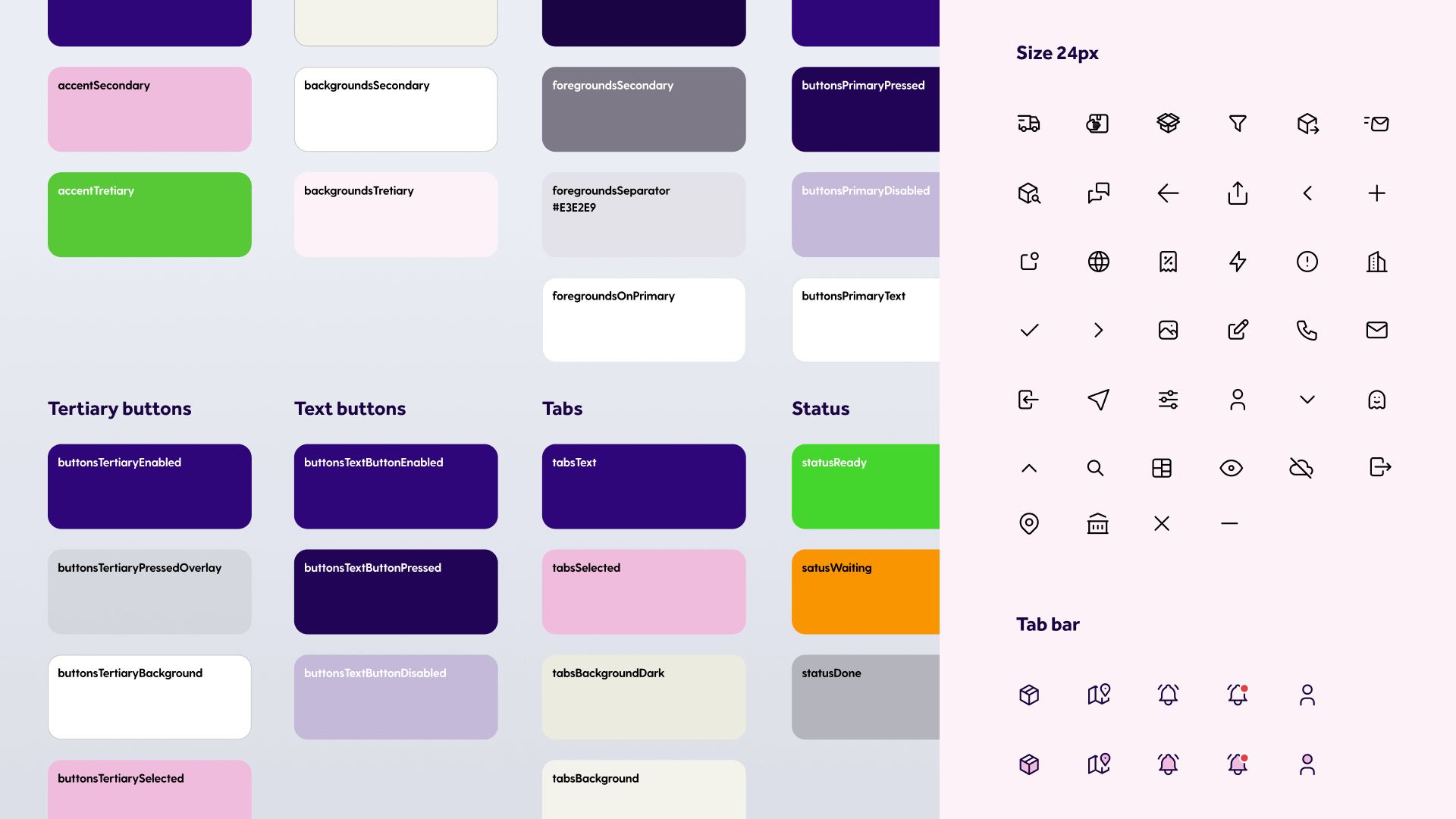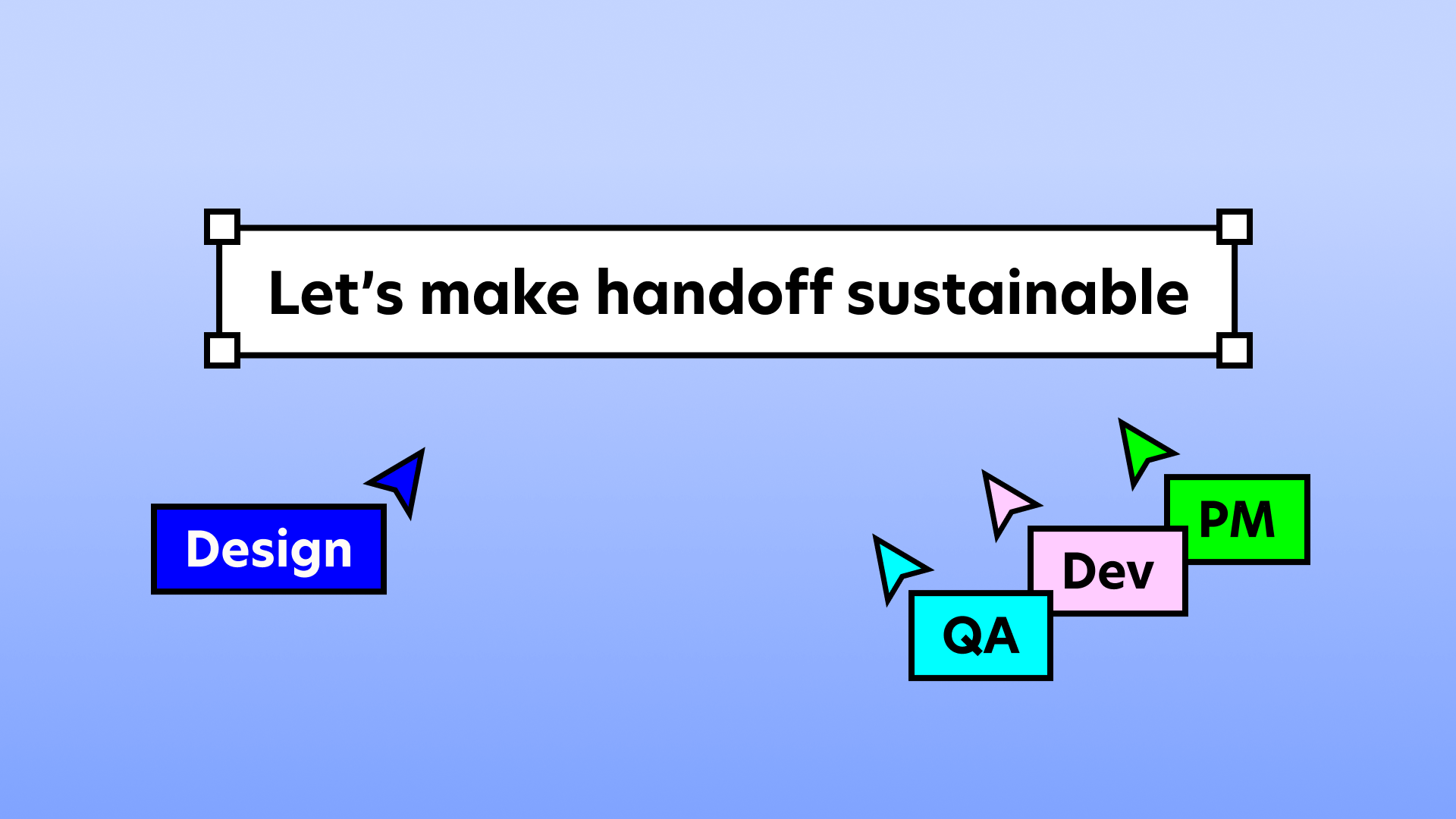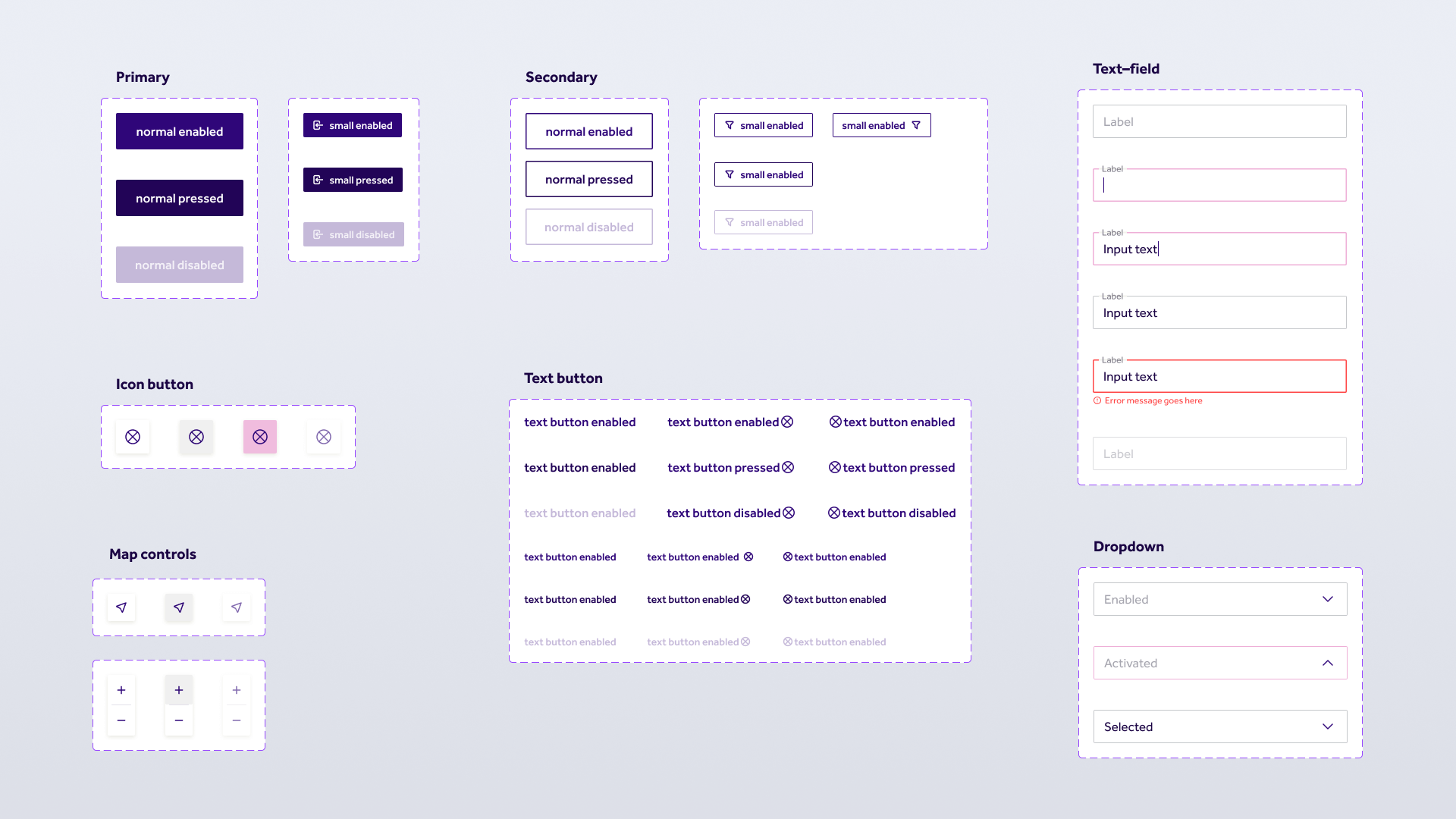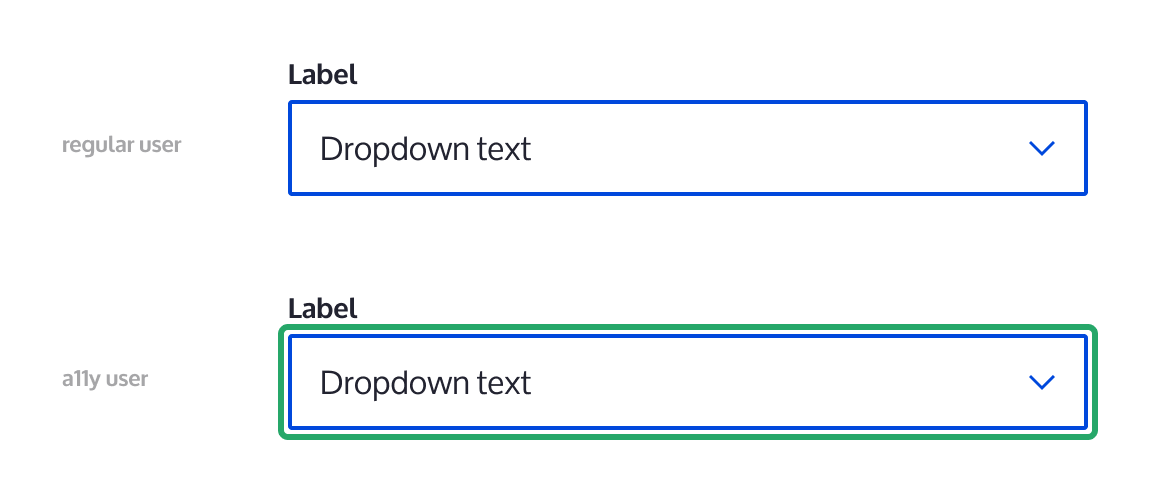
In our previous articles, we highlighted the importance of design principles in guiding the project toward success. We also shared insights on how to create an effective design system that can be applied consistently across various projects. Now, it's time to focus on another crucial aspect: effective communication and handoff process among teams.
For the success of any project, communication and collaboration are essential. When a handoff is done correctly, it saves time and effort for both the developer and the designer and improves the product's quality and the user's experience. What does a well-defined handoff process look like, and how to bridge the gap between design and development to create a successful digital product?
Design handoff process: step by step
The design handoff process begins after the UX design is done, and the UI designer has completed a project in Figma or another collaborative design tool. That means there are all the screens, a design system with a color palette, font styles, and component variations, as well as any other relevant design materials.

Parts of design system: colors, icons
Everything is designed – now what? The UI designer prepares all assets for export and here comes the review part. First, they share it with the development team for a quick review, then with the client and project manager to obtain feedback. All they want at this moment is the final approval of the design.
The next step is a handoff meeting, which includes the designer, project manager, development team, and QA team. It's an opportunity for everyone to review the design, gather feedback, and address any potential challenges or limitations. The team works together to propose solutions and improve the sustainability of the process.

A design system should be sustainable
After the handoff meeting, the development team begins implementing the design in the project code, following the specifications provided in the design system. The designer and development team communicate regularly (via standups, groomings or simply in dedicated Slack channels) throughout this process to ensure that the design is implemented accurately and efficiently.
Finally, once the development team has completed the implementation of the design, they perform a final review with the designer to ensure that the design has been implemented accurately and meets the project requirements.
Design handoff checklist: useful tips
Ok, enough theory. It’s time to share some tips. The most efficient way to hand off a design to developers who implement it further is to follow a checklist. Before we send the design to the developers, we always make sure that:
- Design of all needed screens is ready and a design system is created.
- All colors and texts in the design are linked to the design system.
- Color and font styles are used in a meaningful and consistent way throughout the design.
- Font link is provided in the design system.
- All components states are designed considering the platform you are designing for.

Parts of design system: components and their states
- Icons in the icon set have the same size, color, the line thickness and are ready to export. All icons are in vector so they can be exported to SVG, PDF, or any other specified format.
- Other assets such as illustrations, logos, animations, and others are added to the design system or shared via a link.
- “Not happy” states are considered (text wrapping, other languages, empty states).
- Loading, error, and scroll states are designed.
- App icon, splash (launch) screen, store screens are designed. Android notification and status bar icons are ready to export. Always check up-to-date guidelines for each platform.
- Your design supports accessibility guidelines such as appropriate color contrast, availability through a keyboard (web), responsivity, and clear and descriptive link texts.
- The dark mode color palette is ready in case your project needs it.
- All customizations you are not sure about are discussed with the development team.
Handing off a web project: specific requirements
- Error pages are designed (404, 500).
- Responsive design is ready (discuss all significant layout changes with the developers).
- Favicon for light and dark mode of the browser is ready. Create an image that is at least 512x512 pixels in size. This will ensure that the favicon looks good on high-resolution displays.
- Think about transitions/animations for a better user experience on your web. Try to find examples, prepare a prototype (if needed) and consult it with the frontend developer.
- Design the focus outline for your web projects. The outline is an important design element that helps users understand which part on a webpage is currently in focus and can be interacted with.

Parts of design system: focus outlines help accessibility on websites
Design handoff summed up
Does this checklist solve all problems and make the product successful? Probably not. Nevertheless, Design guidelines help to ensure a smooth handoff between teams and contribute to consistent quality results. That makes them an essential part of a complex app development process. Each team, client, and project will always have unique characteristics and specific needs, though. So if you want to create quality digital products, your work doesn't end once you hand your designs over to developers. Though experienced designers and developers will help reach the goal: create an app that meets both users' and business needs.





